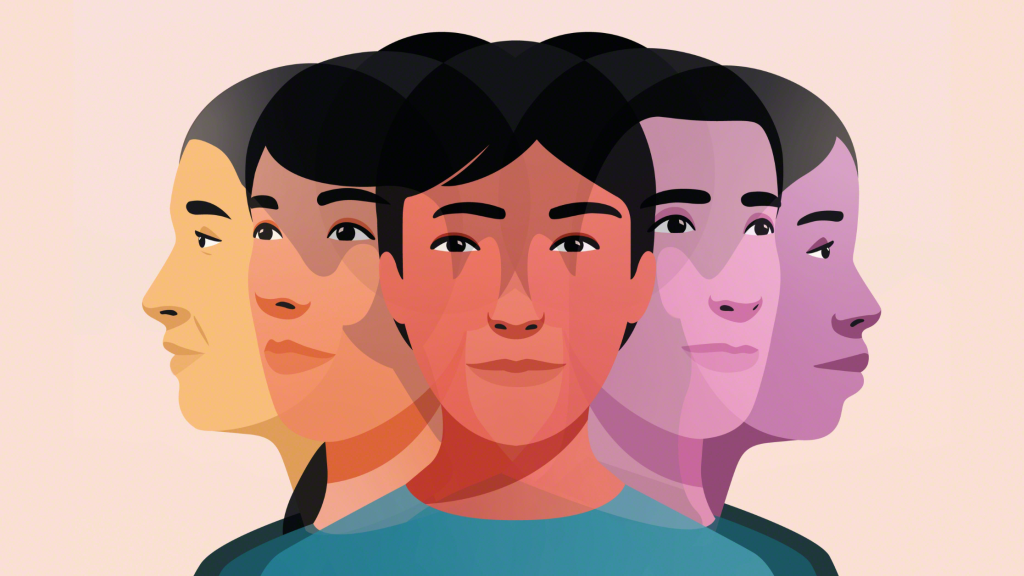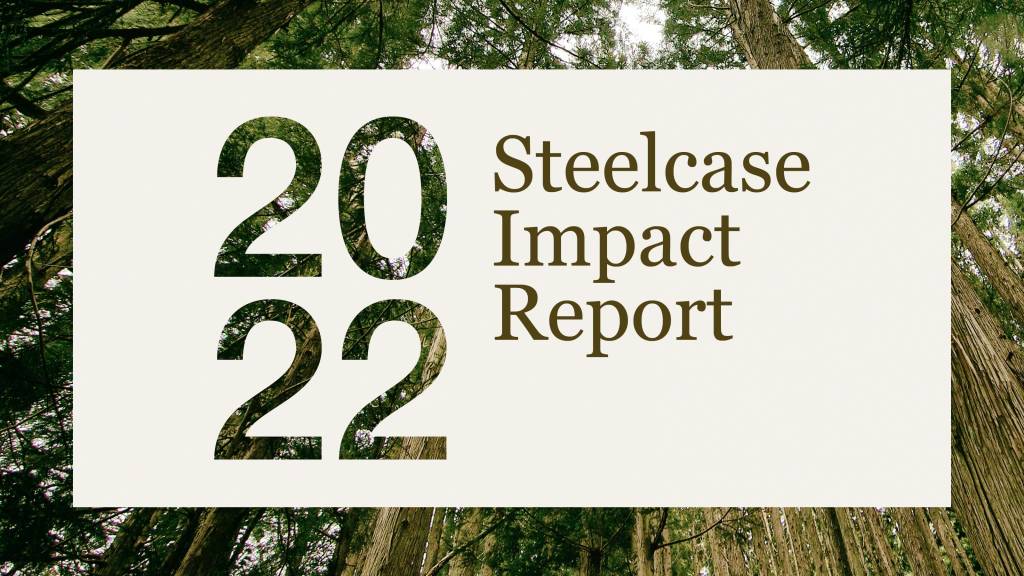Designing With, Not For
Key learnings point to equity, not equality, as a goal for inclusive workplaces.
“Nothing about us, without us” is traced back to the South African disability rights movement of the early 1990s and communicates the idea that any decision affecting a group of people should not be made without the direct participation of the people being impacted.

“Designing for inclusivity is not a solo endeavor. The more we are able to partner and practice inclusive design, the more we can absorb and build upon the knowledge people are willing to share with us,” says Kamara Sudberry, Steelcase inclusive design leader. “It’s impossible to share what we are learning without recognizing we are always improving and have much more to learn moving forward.”
In that spirit, we are working with numerous leading organizations to accelerate our learning. Our community partners include The Valuable 500, the world’s biggest CEO collective for disability inclusion, G3ict (Global Initiative for Inclusive Information and Communication Technologies), IAAP (International Association of Accessibility Professionals), World Enabled, Spork!, and Special Olympics Michigan. These partners are invaluable as Sudberry and her colleagues learn, listen, observe and create more inclusive practices and workplaces.
Surveys, interviews, roundtables and design exercises all inform a better future workplace. These interactions come from a place of trust, respect and empathy.
Equity Over Equality
There are nearly 8 billion people in the world. Yet for decades workplace design has focused on standards — giving everyone the same accommodations. Offices with rows and rows of desk, chair, monitor combinations strive for equality. But this assumes everyone works in the same way, at the same time, in the same place. That’s simply not true. Hybrid work is just the latest example of how people desire more choice and control over their work experience.
Today’s era of hybrid work should take on a more inclusive approach to designing the workplace focused on equity. Instead of giving everyone the same thing, provide people with a range of experiences that allow them to select what best accommodates their needs.

Learn more about how we are helping the world work better by downloading the 2022 Steelcase Impact Report.
Inclusive Design Process
Inclusive design is not a destination or an outcome — it’s a process. Done well, inclusive design is baked into an organization’s culture, process and place. It invites people in, gives them a voice and provides them with agency to participate.
“Designing for inclusion begins with recognizing exclusion,” says Kat Holmes, author of Mismatch: How Inclusion Shapes Design. Who is not participating and why? Identifying those left out leads to the next step in the inclusive design process which is to intentionally invite those important voices to identify barriers and co-create ways to accommodate their needs.
Exclusion can be the result of physical, cognitive and cultural barriers, as well as many others. Exclusion often does not fall into just one area, but can intersect many areas based on someone’s identity and the personal knowledge about the world they’ve gained through direct, first-hand life experience. Reimagining accommodations with people who have been left out is at the heart of innovation, and creates opportunities to solve for one or many forms of exclusion.
“It’s time to move away from the one-size-fits-all approach to the one-size-fits-one approach,” says Sudberry. “By becoming champions for choice and control, we empower people to find the place and ways in which they feel their best and do their best work.”
Community PARTNERS
- G3ict
Global Initiative for Inclusive Information and Communication Technologies - IAAP
International Association of Accessibility Professionals - Special Olympics Michigan
Sports training and athletic competition for people with intellectual disabilities - Spork!
A voice for the disabled community - The Valuable 500
Global business collective innovating together for disability inclusion - World Enabled
Supporting implementation of legal mandates for inclusion and diversity
Read about the key design themes, considerations and see concept spaces developed for a new Special Olympics Michigan Unified Sports & Inclusion Center: steelcase.com/PlaceOfPride


